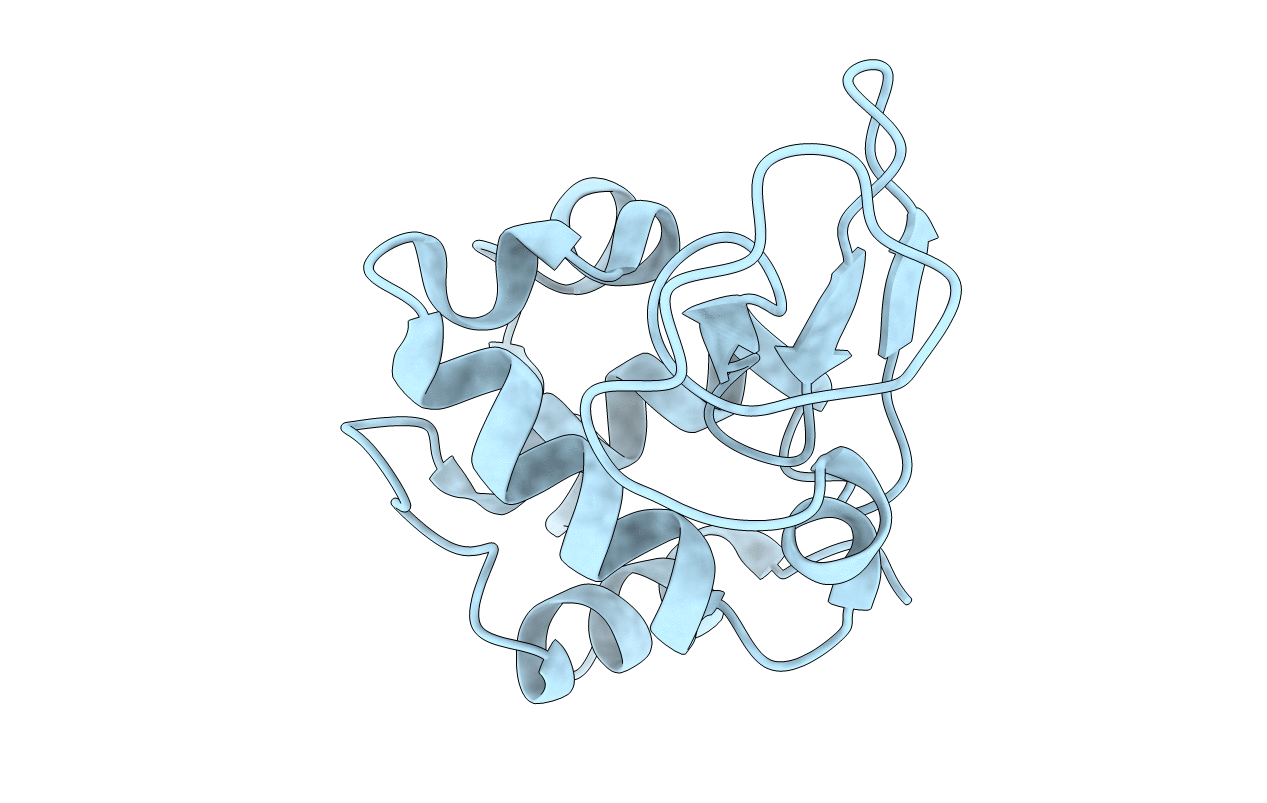
Deposition Date
2000-05-17
Release Date
2000-06-21
Last Version Date
2024-10-16
Method Details:
Experimental Method:
Resolution:
1.90 Å
R-Value Free:
0.27
R-Value Work:
0.18
R-Value Observed:
0.18
Space Group:
P 21 21 21


